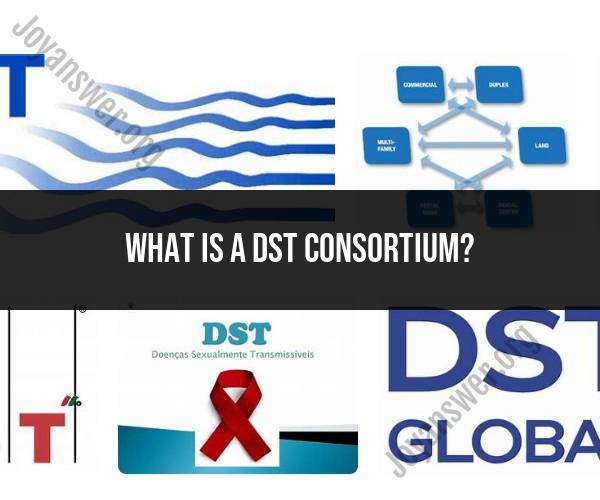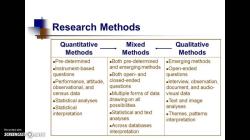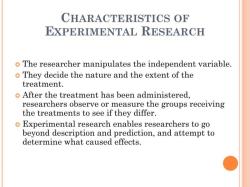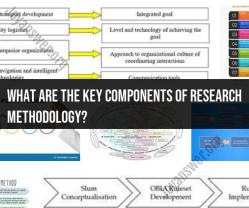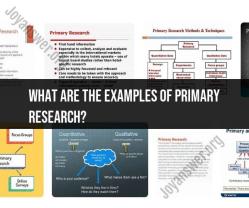What is a DST consortium?
A "DST consortium" typically refers to a collaborative group or network of organizations, institutions, or entities that come together to collectively work on projects, initiatives, or innovations related to a specific domain or goal. "DST" in this context might stand for "Destination Selection Team" or any other acronym based on the context of the consortium. The main purpose of forming a DST consortium is to pool resources, expertise, and efforts to achieve shared objectives more effectively than individual entities could on their own.
Here's a breakdown of what a DST consortium could involve:
1. Shared Goals:
- A DST consortium forms around a common set of goals, objectives, or interests. These goals could be related to research, innovation, development, problem-solving, or any other area where collaborative efforts are beneficial.
2. Multi-Organization Participation:
- A consortium involves the participation of multiple organizations, institutions, or entities. These entities might come from various sectors, such as academia, industry, government, non-profit, or research.
3. Collaboration and Expertise Sharing:
- The essence of a consortium is collaboration and the sharing of expertise, resources, knowledge, and best practices among the participating entities. Each entity brings its unique strengths to the table.
4. Joint Projects and Initiatives:
- Consortium members collaborate on joint projects, initiatives, or activities that align with the consortium's goals. These projects could include research studies, innovation development, joint ventures, events, or any other collaborative endeavor.
5. Resource Pooling:
- Consortium members pool their resources, which might include funding, manpower, equipment, facilities, data, or technology. This pooling allows for more significant projects and better utilization of resources.
6. Research and Innovation:
- A DST consortium often focuses on research and innovation in its chosen field. Members collectively contribute to advancing knowledge, developing new technologies, and finding solutions to complex challenges.
7. Networking and Partnerships:
- Being part of a consortium offers opportunities for networking and building partnerships. Members can connect with like-minded organizations and individuals, potentially leading to future collaborations.
8. Impact and Influence:
- The combined efforts of a consortium can have a more substantial impact than individual efforts. A consortium's work can influence policies, industries, and communities in meaningful ways.
9. Project Funding:
- Some consortiums seek external funding or grants to support their collaborative projects. Funding can come from government agencies, private foundations, industry partners, or other sources.
The structure, governance, and specific activities of a DST consortium can vary widely based on the objectives and preferences of its members. Whether the focus is on research, innovation, development, or any other field, a DST consortium leverages the strengths of its members to achieve common goals more effectively through collaborative efforts.
